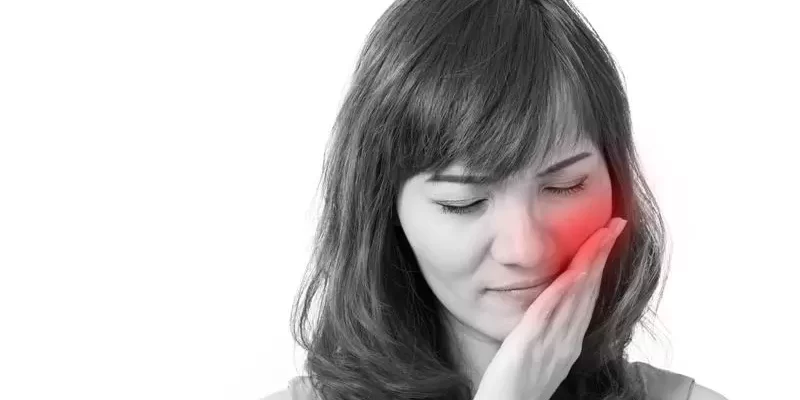Your TMJ can also benefit from chiropractic adjustments!
TMJ is a an acronym that gets thrown around a lot, so what exactly does it mean? TMJ stands for temporomandibular joint, which is a hinge-like joint that attaches to your skull just by your ear and controls the movements of your jaw. This joint allows you to open and close your mouth, move your jaw from side to side to chew, and also slide it forward. If that joint shifts out of place or if the small cartilage disc (called the condyle) shifts, it can cause a variety of problems. The movements in your jaw will no longer be smooth or the movements will become severely restricted; for example, not being able to open your mouth all the way. This is when it becomes TMD, which stands for temporomandibular disorder. TMD is simply just the dysfunction of your jaw joint. When this happens you can feel or hear popping and clicking in the joint. Other symptoms can include pain at the site, headaches, ringing or popping in the ears, ear pain, difficulty chewing and moving the joint, and even a locking of the joint itself. The last one can be pretty terrifying if you don’t know what’s going on.
What are the causes of TMD?
Like many other joint problems, inflammation is the root cause. The inflammation in the jaw joint will push it or the condyle into the wrong position, causing the misalignment and discomfort. The reason for this inflammation can be from being a chronic “clencher” or grinder, which a lot of us are and don’t even realize it! (If you catch yourself clenching your teeth during the day, you will statistically do 10 times more at night while you sleep!) Another possible reason for the misalignment could have also started from a jaw injury that knocked the joint out of place. Unfortunately, if it goes untreated for a long period of time, like any joint that is misaligned, the condyle begins to erode and arthritis will set into the joint itself. Once that happens the symptoms generally start to become worse.
Treatment for TMD after symptoms appear.
Most of the time when any of the symptoms appear, a general physician will more than likely prescribe pain pills and a muscle relaxer and then refer you to a dentist. From there the dentist will probably refer you to a TMJ specialist who will most likely recommend you have a splint (also called a night guard) made to help support your jaw and help mitigate the damage done when you clench and grind your teeth. In some very extreme cases they might even recommend surgery to change the position of where your jaw sits. While all of this will help alleviate the pain and discomfort that is happening, it is only treating the symptoms of TMD, it is not treating the root cause of the problem: the joint that is out of alignment.
How your chiropractor can help.
Just like we’ve discussed previously in our blog about extremity adjustments, your jaw – along with many other joints – can be manipulated by your chiropractor to help get it back into place. They can do this using a special technique called the “activator method”. The Activator Method is a technique in which adjustments are done using a spring loaded, hand held device called an Activator. It provides a quick, low force impulse at a specific locations.
There was a study done back in 2003 of nine adults experiencing temporomandibular joint issues (or TMD). Eight of the nine participants who performed outcomes assessments in the study found improvements in active mouth opening without pain after 6 weeks of chiropractic care. They even measured the mouth opening and noticed on average an improvement in how wide they could open by 9mm. While that sounds small, that a huge improvement when you’re having trouble opening your mouth all the way. This was achieved by simply guiding the joint back into alignment! It helps begin the process of reducing the inflammation and restoring the natural movement to the joint.

